There is a number of types of white wines that can be considered as some of the driest white wines in existence.
If you have drunk a lot of wine in your life. You may be well aware of the fact that some types of wine are so dry that it feels like your tongue is wearing a sweater. So what`s the driest white wine?
What is dry wine?
It may surprise you to find out that, when people make reference to the fact that a particular wine is dry, they typically mean that it is not sweet. Many people believe that they are referring to how dry it feels in their mouth.
This is not entirely correct, but it must be noted that the less sweet wine is, the drier it will make your mouth. With this in mind, there is some sense to the notion that dry refers or non sweet to the mouthfeel.
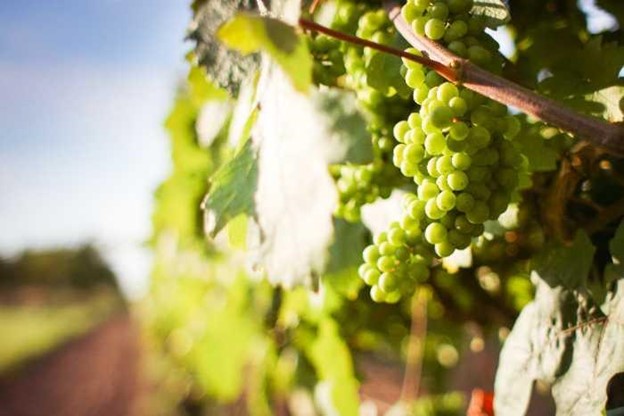
Key takeaways
- White wines can be dry but also a very sweet wine
- The sweetness is determined by the residual sugar content
- Dry white wines are light yellow whereas sweet white wines have an intense yellow colour
- Dry wines tend to be light bodied wine with a bright acidity
Where does sweetness in wine come from?
White wines are a popular beverage enjoyed around the world. Not only do people enjoy its taste, but they also appreciate its health benefits. One of the most distinct flavor elements of wine is its sweetness. But where does this sweetness come from?
The origin of sweet white wines can be traced to the winemaking process itself. The sugars in white grapes contribute to the sweetness of their wines. Fermentation of the grape juice and aging techniques are equally responsible for producing a sweeter wine.
For example, when producing a dry wine, winemakers will pick a white grape varietal with low sugar content. They stop fermentation of the grape juice before all of the grape’s sugar converts into alcohol; otherwise, it would produce a sweet-tasting drink with higher levels of alcohol content.
Similarly, barrel-aging gives an extra dose of complexity and flavor to sweet wines due to oxidation which boosts notes such as honey or caramel that give them more natural sweetness.
What is dry or sweet wine
When it comes to wine, the main distinction is between dry and sweet. Non sweet white wines are usually crisp and light-bodied, with little to no sweetness. Sweet white wines, on the other hand, have a noticeable amount of sweetness that makes them quite popular for those who don’t prefer dry wine.
The varying levels of sweetness in wine are determined by how much sugar is left in the liquid after fermentation. A dry or off-dry white will typically have one to three grams of residual sugar per liter, while a sweet or dessert wine can contain up to 45 grams per liter.
Commonly known examples of dry whites include Sauvignon Blanc and Chardonnay while Moscato, Riesling and Sauternes are some examples of sweet whites.
How do you measure sweetness in wine
Wine is a popular alcoholic beverage enjoyed around the world. One of the main elements that contributes to its taste is sweetness. Sweetness in wine can be measured by assessing the residual sugar present in the drink. Residual sugar, or unfermented sugar, is a key part of determining how sweet a wine will taste.
Measuring residual sugar content in white wines can be done through several methods including brix testing and optical rotation measurement.
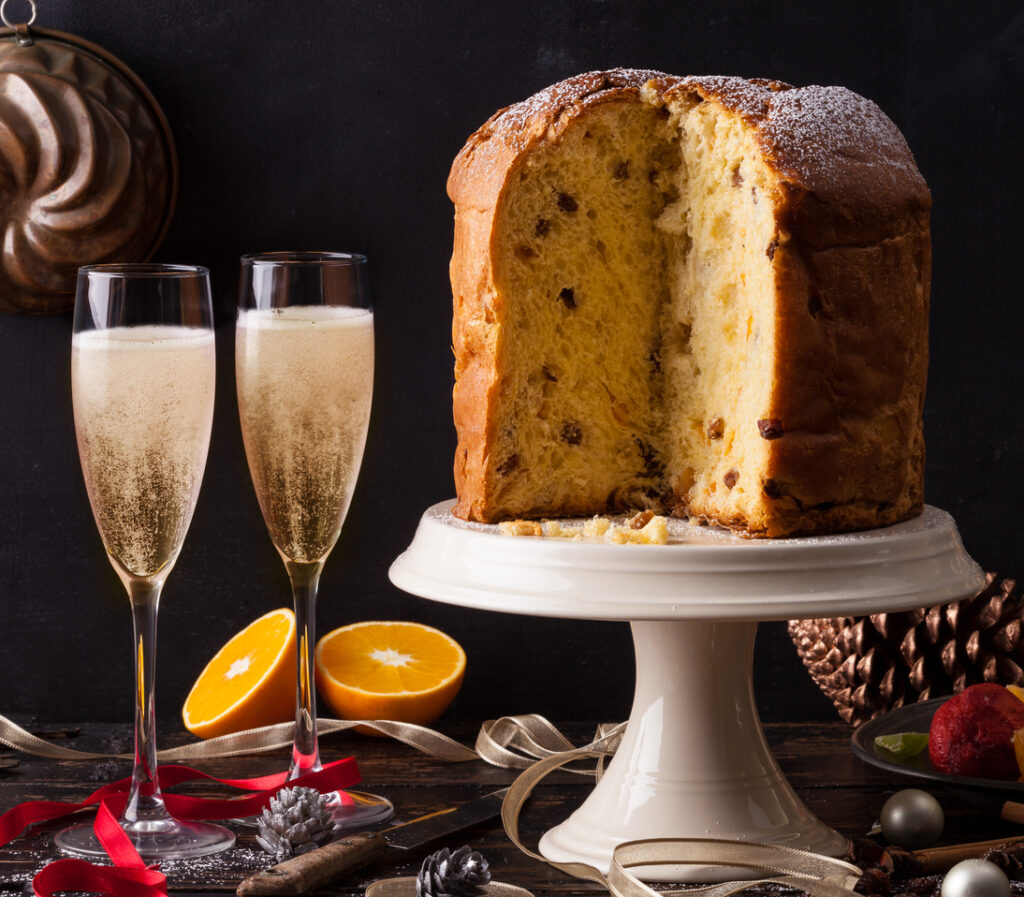
Brix testing measures dissolved solids which include sugars, proteins and minerals found within the wine while optical rotation measures specific gravity as it relates to sucrose content in the liquid.
Both tests provide accurate results that can help determine just how sweet each different type of white may be and are used worldwide by winemakers on a regular basis.
White wine sweetness chart
Wine sweetness is a complex topic that can be difficult to navigate for many consumers. A wine sweetness chart can help individuals select the right bottle of white for their palate. This chart gives an overview of the levels of sweetness in different types of white wines, making it easy to determine which bottle will best suit individual preferences.
| Dryness | Bone Dry | Dry | Dry | Off-Dry | Semi Sweet | Sweet | Very Sweet |
| Flavor / Aroma | Citrus fruit, mineral | Savory flavors, tropical fruit | Apple, pineapple, tropical fruit | Honey, lemon | Honey, stone, tree fruit | Apricot, peach, honey, citrus fruit | Figs, raisins, jam |
| Sugar content g/l | 0-10 | 10-15 | 15-20 | 20-30 | 30-50 | 60-80 | 80-120 |
| Food reference | Vinegar (< 0,5 g/l) | tomato juice, acai berry | grapefruit juice | Coke, apple juice | |||
| Garganegra Dry | Colombard | Marsanne | Chenin Blanc | Moscato | Sauternes | Vin Santo | |
| Arinto | Gruener Veltliner | Kabinett Spätlese | Ice Wine | ||||
| Zero Dosage sparkling wine (Champagne) | Verdejo | Chardonnay | Müller Thurgau | Moscato d`Asti | Riesling Auslese | Moscatel | |
| Albarino | Colombard | Sémillon | Torrontés | Tokaji | |||
| Furmint | Trebiano | Madeira | Madeira | ||||
| Gavi | Moscato d`Asti | ||||||
| Grillo | |||||||
| Macabeo | |||||||
| Chablis | |||||||
| Italian Pinot Grigio | |||||||
| Dry Riesling | |||||||
Whether one prefers a dry and crisp white or a sweet Moscato, there is a range of options when it comes to selecting white wines. It’s important to understand how sweet each type of wine is before making a purchase so that you know what you’re getting in the bottle. The sweetness chart will help you to choose your preferred white wines ranging from dry sparkling wine to dessert wine or sweet fortified wine.
What`s the driest white wine?
Best dry white wine to drink
Some of the driest white wines include Chablis, Muscadet, Italian Pinot Grigio, Gavi, Grenache Blanc, Macabeo, Vinho Verde, Grillo, and Arinto.
The driest out of these is often contested, and many people would argue over what takes the title, but certainly, lots of people agree that Pinot Grigio is the driest. Italian wine from not to hot wine regions in northern Italy provide an optimal starting point for very dry white wine with a limited alcohol content.
Of course, this may well depend on the winemaker themselves as they may have different methods of making these wines that will affect how dry they are.
As well as this, the vintage of the wine is also a factor to be considered. The more vintage the wine, the less sweet it will taste. With this in mind, the more vintage wine is, the drier it will be.
Can a wine be dry and fruity?
Yes! A wine can certainly be both dry and fruity at the same time. It is important here to distinguish fruitiness from sweetness. Something can be fruity without being sweet. Think of fruit tea, for example! The same concept can be applied to wine.
Wine can have fruity notes without being at all sweet. Dry wine, in its very definition, is lacking sugar. Some of the driest wine, known as bone dry wine, often has less than 1% sugar content but can still be packed with fruity flavors.
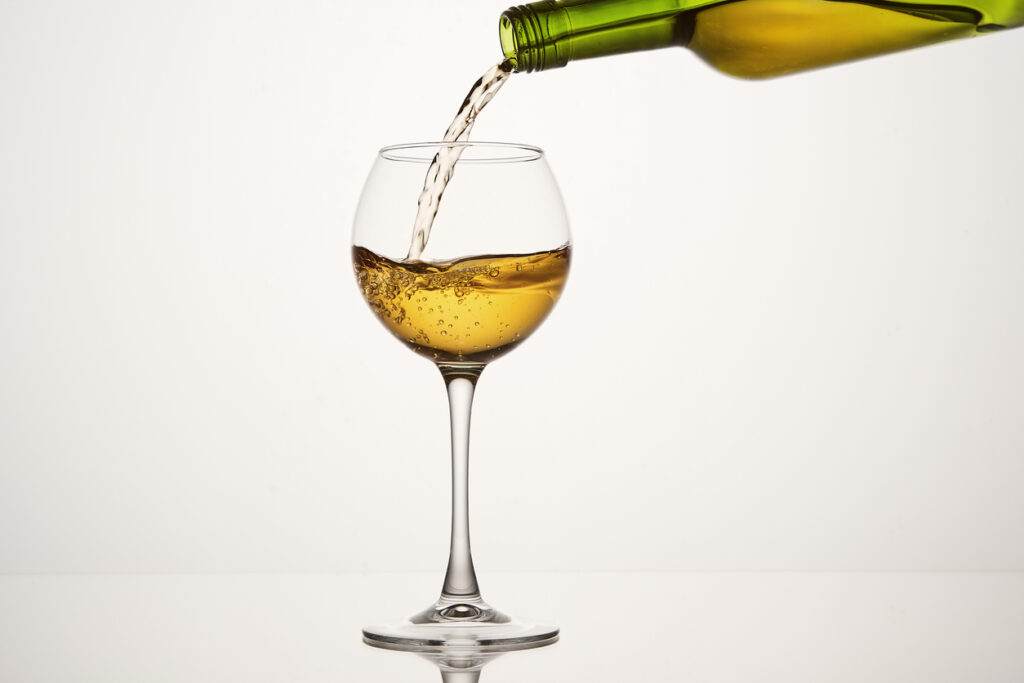
For example, a common fruity note for very dry wines such as Italian Pinot Grigio is lemon.
As well as lemon, some wines also have notes of grapefruit, apples, and also some fresh herbs. In comparison, sweeter white wines are often fruity too, but these are usually sweeter fruits such as peach, fig, raisin, apricot, and berries.
What is the dryest wine?
When it comes to wine, the concept of dryness can be a bit confusing for many people. The term dry in wine refers to the level of residual sugar present in the final product. Contrary to what you might expect, a dry wine actually contains very little to no residual sugar, resulting in a refreshing and less sweet taste. While there is no official scale for measuring dryness, wines such as Sauvignon Blanc, Chardonnay, and Cabernet Sauvignon are often considered among the driest options available.
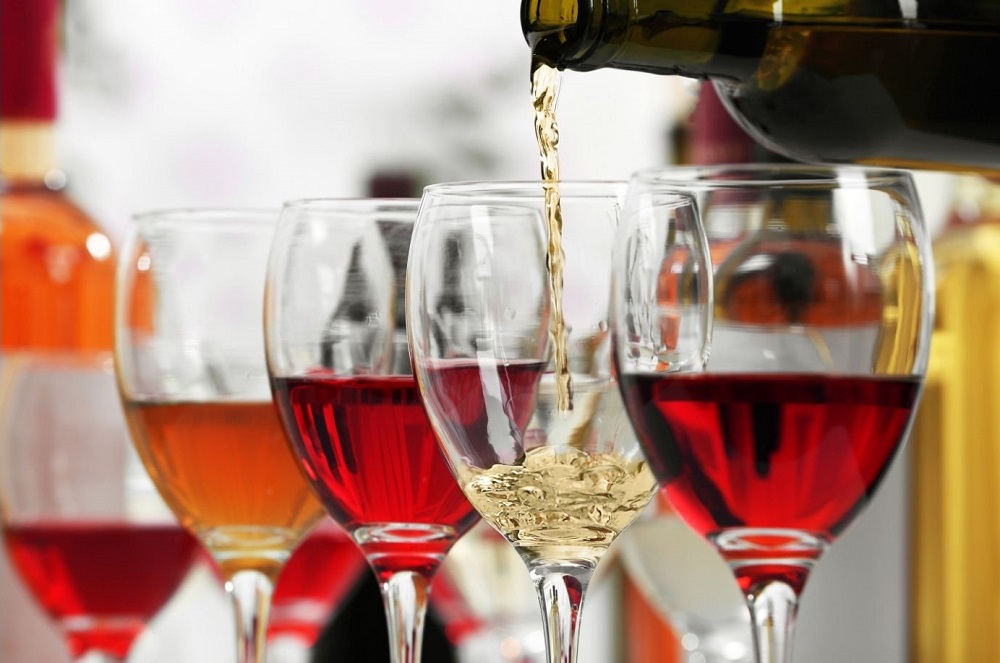
Interestingly, the perception of dryness can also be influenced by factors such as acidity and tannin levels in a wine. For example, a high level of acidity can enhance the sensation of dryness on the palate without actually increasing sugar content. This means that even within the category of dry wines, there is a wide range of flavors and characteristics that contribute to their overall profile. Exploring different varieties and regions can provide an eye-opening experience into just how diverse and complex dry wines can truly be.
How can you tell a wine is dry
When it comes to white wines, one of the most important characteristics to determine is whether or not a given bottle is dry. Knowing this can help you choose the right variety for your meal, and ensure that everyone’s tastes are satisfied around the dinner table.

But how do you tell if a white is dry? With a few simple tips and tricks, you can easily differentiate between sweet and dry white wines.
The first thing to look for when trying to distinguish between sweeter and drier whites is the color of the wine itself. Generally speaking, lighter colors indicate a much drier flavor profile – think of pale yellow or straw colored whites like Pinot Grigio or Sauvignon Blancs.
Best sweet wines
When it comes to sweet wines, there are two main categories: white and red. Whether you’re looking for something light and fruity or bold and complex, the best sweet wines offer a variety of flavors that can enhance your dining experience.
White wines are often known for their sweetness. Riesling, Moscato, Gewürztraminer, Chenin Blanc and Muscat are some of the most popular examples.
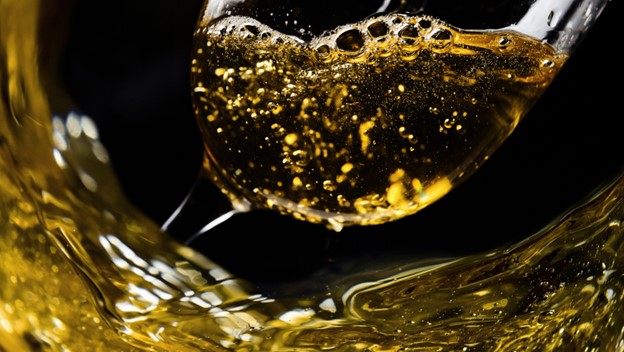
Rieslings range from dry to very sweet. Moscato is usually lightly sparkling with floral aromas. Gewürztraminer has strong spice notes. Chenin Blanc is medium-bodied with hints of fruit. Muscat is low in alcohol but high in flavor. They can be stored in a fridge before opening. After you have opened a very sweet wine you can store it standing upright in your fridge.
Red wine also offers wonderful options when it comes to sweetness.
Which is drier Pinot Grigio or Sauvignon Blanc?
Pinot grigio is typically thought to be a drier wine than Sauvignon Blanc. Of course, this may depend on various factors such as the process sued by that particular winemaker, and the vintage of the wines in question.
That being said, it is generally accepted that Sauvignon Blanc is a slightly sweeter wine. It is classed as ‘Dry’, whereas Pinot Grigio often gets classed as being ‘Very Dry’ or ‘Bone Dry’.
It is worth noting that, at least to some extent, it may also depend on your personal preferences and tastes. Some people cannot distinguish much between both especially if they do not have much experience in wine tasting.
Both are relatively dry wines and neither are classed as particularly sweet. Therefore, to many people, they are similar.
Best Pinot Grigio
Look at the wine regions where the wine was produced. The best Italian regions for pinot grigio include Friuli Venezia Giulia, Veneto and Alto Adige. These areas produce some of the highest quality pinot grigios in terms of flavor profiles and complexity.
Additionally, each region produces a unique style of pinot grigio that caters to different preferences – from bright citrus notes in Friuli Venezia Giulia to rich stone fruit flavors in Alto Adige.
Foradori – Fuoripista Pinot Grigio
The Fuoripista wine is a light dry wine with a medium acidity. The wine shows tasting notes of strawberry, watermelon, citrus fruits. You can drink it as an aperitif or pair it with seafruit, vegetarian dishes or mushrooms. This wine is an ideal choice for wine lovers as it is highly rated by wine professionals in the wine world.
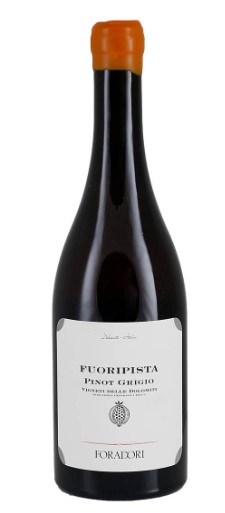
Unterebner Pinot Grigio
It is a medium bodied, dry medium acidic wine. It has splendid tasting notes of pear, peach, apple, and honey finished with slight oak notes. You can drink it without any food or pair it with mushrooms, vegetarian dishes or seafruit. The Unterebner wine has an unusual high alcohol content of 14 % ABV. It is available in standard, double magnum and jeroboam bottles.
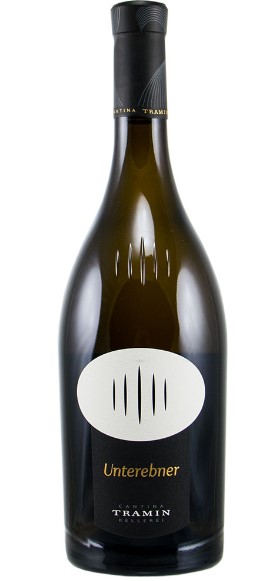
Best Sauvignon Blanc
This wine is a light-bodied, crisp white wine that has been gaining popularity in recent years. It has aromas of citrus, grass and herbs with a zesty acidity and can range from dry to sweet. With so many Sauvignon Blancs on the market, it can be difficult to choose the best bottle for your taste buds.
From New Zealand’s Marlborough region to French Sancerre, these wines are sure to please even the most discerning palate. Whether you’re looking for a mid-range option or something special enough for a special occasion, there’s something on this list that will suit your needs perfectly.
Chateau d`Yquem – Sauternes
This wine is a very special fine wine. This Semillion based variant is a very fruity wine with high sugar content and acidity. The high content in natural sugars is generated by drying the grapes on the wine and noble rot. The Chateau d`Yquem shows flavors of candied apple, tree fruit as well as mineral, earthy notes.
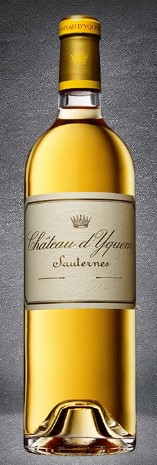
Jochen Uebel – Sauvignon Blanc
This light, bone dry and acidic wine shows tasting notes of tree fruit, citrus fruit and floral notes. The very low grape sugar content makes it a prime example of this varietal

Best Chardonnay
Chardonnay is one of the world’s most popular wines. It has a light, crisp flavor that can be enjoyed by both novice and experienced wine drinkers. Here we will discuss some of the best Chardonnays on the market today.
Charles & Charles Chardonnay
For those seeking an affordable option, Charles & Charles Chardonnay is an excellent choice. This Washington State-produced wine has a smooth texture with notes of apple and citrus fruit, perfect for pairing with fish or white meat dishes. In addition to being budget friendly, it also offers a reliable quality and taste experience.

Cakebread Cellars Chardonnay
Another great option is Cakebread Cellars Chardonnay from Napa Valley in California. This award-winning Chardonnay carries flavors of ripe pears and pineapple along with subtle hints of coconut and vanilla.

Conclusion
The driest wines in the wine world are whites and especially dry sparkling wines. On the oposing site of the wine sweetness chart you find sweet dessert wine. This sweet wine is based on similar grape varietals.

